Best time to visit: Late Summer
Recommended Hikes: Blue Lake, Maple Pass, Hidden Lake, Sahale Arm
Ideal For: Hiking, Backpacking, Camping, Boating
Where to stay: Colonial Creek and Newhalem campgrounds, town of Marblemount
Useful Info:
Dogs - the general rule for dogs in national parks is that they must be leashed and are only allowed on paved areas, which includes parking areas, roads, and front country campgrounds. Dogs are not allowed on park trails, even when leashed.
The North Cascades Highway which runs through the park is closed November - April.
Reaching the southwest region of the park requires dirt road driving, but it’s doable in a 2-wheel drive car.
North Cascades is home to black bears - proper food storage is required at all times. Read more about bear safety here.
There is a small general store in the center of the park in the town of Newhalem, its hours are 10AM to 5PM every day. There are no other stores or services in the park.
Drinking water is available at the campgrounds and visitor center. Bring your water bottles to fill up.
North Cascades is located in northern Washington state, just a few hours drive from Seattle. It is one of the lesser visited national parks in the country, partly because it receives a lot of rain and snow. Late summer brings the best weather and the least amount of rain, along with snow-free hiking routes. When the clouds clear, the mountainscapes in North Cascades are as beautiful as any in the country.
Must See Attractions:
Diablo Lake - Right in the center of the park, Diable Lake is surrounded by rising mountains and has a distinctive turquoise color. There are several viewpoints, and hikers can get close to the lake's shoreline at the Ross Lake Dam and near the Colonial Creek Campground.
Washington Pass - This area is outside of North Cascades’ boundaries but it offers the best attractions that you can reach on paved roads in the park. Rewarding hikes here include Blue Lake and Maple Pass.
Cascade Pass Area - This region is more remote and requires a long drive and hike, but it's well worth it. It’s located on the southwest side of the park, at the end of a long dirt road from the town of Marblemount. The Hidden Lake and Sahale Arm hikes are both in this region. Read more about these two in the hiking section below.
Where to Stay:
Most options in or near the park are either campgrounds or RV parks. Newhalem Campground and Colonial Creek Campground are both in the central part of the park. Newhalem can be reserved in advance here. Colonial Creek is located right on the shore of Lake Diablo - it can be reserved here. There is also a few first-come-first-serve campsites in more remote areas of the park. There is an RV park in Marblemount in addition to the RV campsites at Newhalem and Colonial Creek.
A small amount of cabins are available at the Ross Lake Resort - click here for more information.
Hiking in North Cascades
Most hikes here are steep and long, but incredibly rewarding. Large elevation gains allow you to see the repeating ridge lines of the Cascade Mountains in a way that is not possible from the park road. You must be in good shape to do the hikes discussed below.
Blue Lake - The best moderate hiking option - this trail is about 4 miles roundtrip and climbs about 1,000 feet in elevation. Blue Lake is striking with an imposing rock wall backdrop. Read more about the hike here.
Maple Pass - The best hike in the Washington Pass area. The trail loops around and then high above Lake Ann and Rainey Lake, and it has an stunning summit with panoramic views at Maple Pass. Read more about the hike here.
Sahale Arm - A challenging climb that offers fantastic views and possible mountain goat sightings. Most of the hike is on a steep dirt trail, but the final ascent crosses rock scree. Look for the cairns (small towers of rocks balanced on each other) which mark the easiest ascent up the rock field. Read more about the hike here.
Hidden Lake - the trail to Hidden Lake climbs 3,200 vertical feet in just 4.5 miles. Hidden Lake is a true gem, perfectly blue with a backdrop of mountains. You cannot reach the shoreline of Hidden Lake, but can descend a rock field once reaching the viewpoint to get a closer look. The dirt road up to Hidden Lake is steep and narrow with potholes, but it is doable in a two wheel drive car. Read more about the hike here.
Locations include Sahale Arm, Maple Pass, and Hidden Lake










